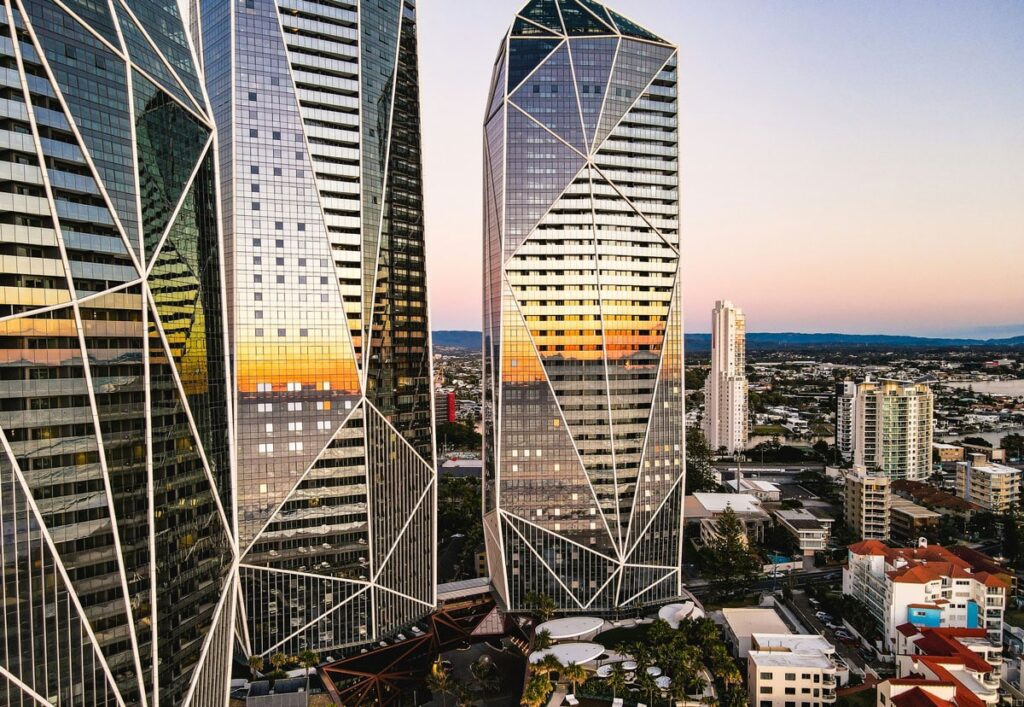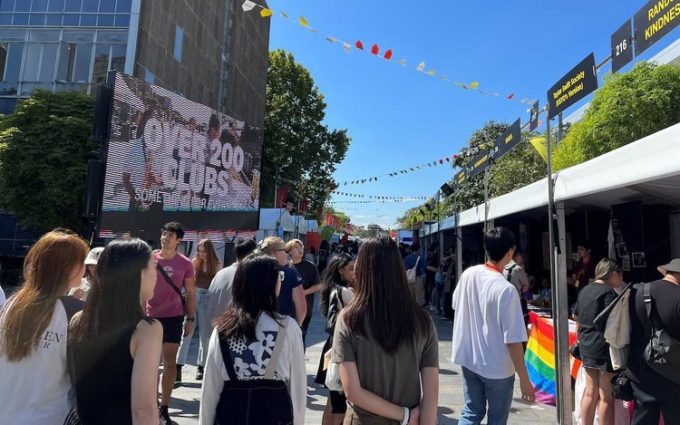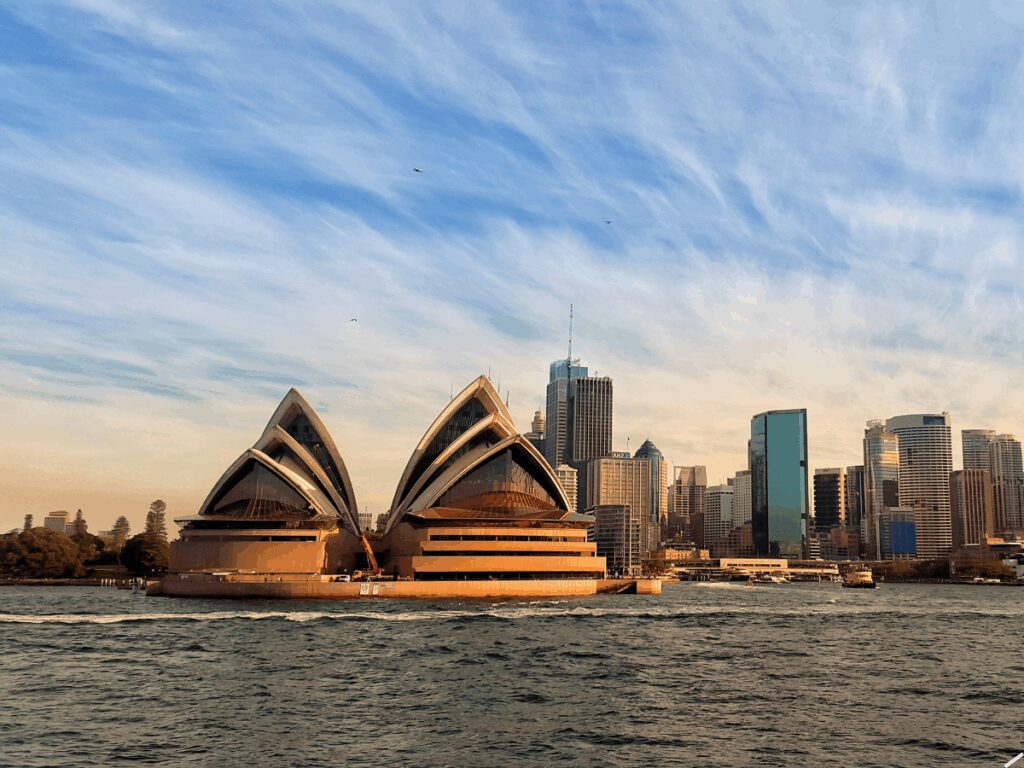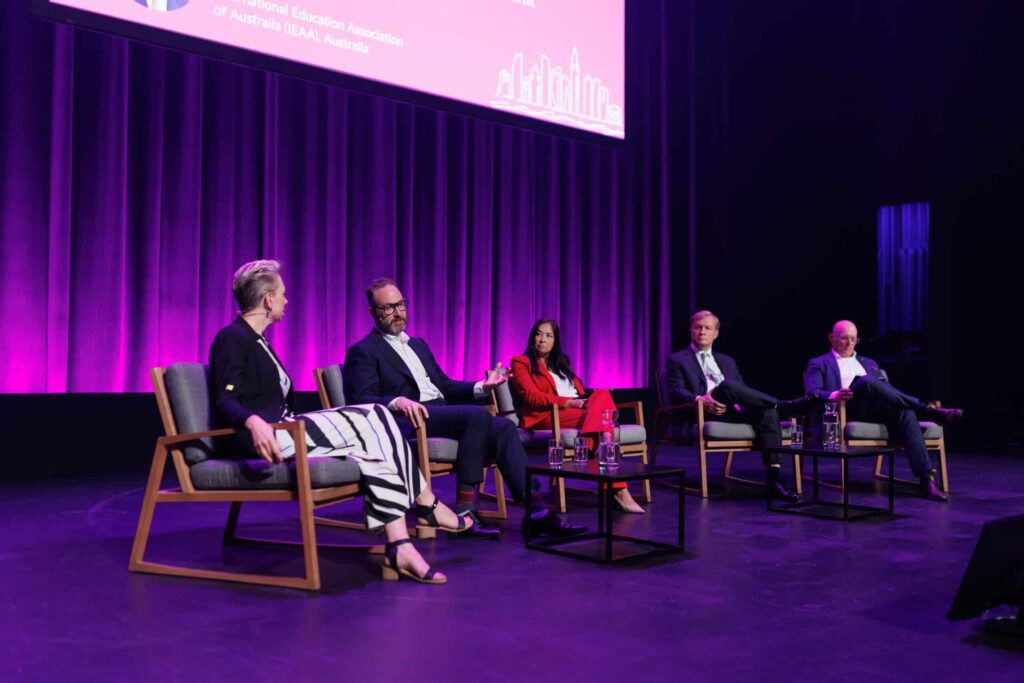Australia Boosts 2025/26 Enrolment Caps: Can You Meet Them?

A recent media release from the Ministers for Education, Home Affairs, Immigration and Citizenship, and Skills and Training has outlined Australia’s National Planning Level (NPL) for the 2025/26 fiscal year.
Excitingly, the NPL will include 295,000 new international student places, which marks an increase of 25,000 from last year’s limit of 270,000. However, it’s still 8% below the peak following the COVID pandemic.
Assistant Minister for International Education Julian Hill stated,
This Government is dedicated to responsibly managing the size and shape of the on-shore student market and fostering sustainable growth. We particularly want to attract more students from Southeast Asia while ensuring new housing availability. Our aim is to make Australia a premium destination for high-quality education and an exceptional student experience.
What is the National Planning Level?
The National Planning Level, or NPL, guides the allocation of student spaces among various institutions in Australia. Although it isn’t a strict cap, the NPL helps regulate the number of new students entering the country.
According to last year’s Ministerial Direction 111 (MD111), visa applications will be processed for an institution up to 80% of the cap allocation specified in the NPL. If that threshold is exceeded, applications for the institution fall to the back of the processing queue, ensuring universities or colleges that haven’t reached 80% are prioritised.
Notably, several student categories are exempt from NPL limits. This includes K-12 students, those studying stand-alone English courses, students from the Pacific and Timor-Leste, research students, scholarship recipients, and students beginning their studies offshore before transferring to Australia.
Essentially, the NPL caps are fully allocated throughout the higher education and vocational sectors, with higher education institutions set to receive around two-thirds of the spaces allocated for 2024/25.
How will the NPL work this year?
This year, the division between higher education and vocational sectors will remain similar. In 2025/26, higher education institutions will share 196,750 new student places, while vocational training institutions will receive 98,250 spots.
The Department of Education’s institutional limits suggest public universities will see a 9% increase in their NPL spaces, whereas for-profit private universities will be capped at a 3% increase. All educational providers will at least retain their allocations from 2024/25.
Public universities and nonprofit private institutions can apply to have their NPL limits increased by demonstrating progress on two key government priorities:
- Enhancing engagement with Southeast Asia (aligning with Australia’s strategy through 2040).
- Providing safe and affordable housing for students.
Another significant shift this year is that international students transitioning from secondary school studies in Australia or affiliated pathway providers to publicly funded universities are exempt from the NPL.
The government has also indicated that MD111 will soon be replaced with a new directive reflecting the new NPL allocations for 2025/26.
Are those new limits within reach?
Data from the Department of Home Affairs shows that student visas issued to offshore applicants for the 2024/25 year were significantly below the NPL limit of 270,000. Only 234,040 visas were granted, which includes many exempt applicant categories.
Specifically, about 170,000 visas were granted for new students in higher education, against an NPL limit of 176,000. However, the vocational education and training (VET) sector only received 11,572 visas, compared to an NPL allocation of 94,000.
In terms of primary applicants, only 8,887 new VET students were granted visas — a stark decline from 38,415 in 2022/23 and 25,727 in 2018/19. ELICOS enrolments have also suffered, with 15,020 visas granted last year, down from 60,299 in 2022/23.
The overall picture indicates that while higher education enrolments dipped from the 2022/23 surge, they’ve been less impacted by policy changes than ELICOS and VET sectors. The new visa policies mainly affected these other sectors, leading to delays and increased application fees.
What are people saying?
The announcement on the NPL has generated mixed responses throughout the educational sector. “The additional 25,000 overseas student places give the sector some certainty for 2026,” said IEAA CEO Phil Honeywood. However, private higher education providers feel left out with only a limited increase. Many are advocating for a reduction in student visa application charges to stay afloat.
Luke Sheehy, CEO of Universities Australia, is optimistic, mention that this approach will provide stability and certainty desperately needed by universities. Meanwhile, Professor Andrew Norton from Monash University raised concerns over preferential treatment given to public universities.
What do you think?
Have a question about this topic or your own plans to move to Australia or New Zealand? Scroll down and leave a comment. We’d love to hear from you.
Thinking about moving to Australia?
Join our free and supportive community at Oz Visa Forum. Post in our forums to get advice and support from people who’ve already made the move. Not sure where to start? Click here to get started







Responses